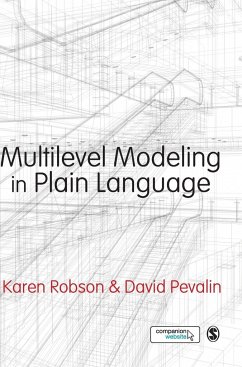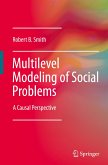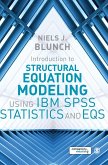I started to read the book with vivid interest because of the subject that too often does not find enough space in books which provide an overview of the most used statistical methods leaving out those who are somewhat a little bit more elaborate. After a while I found that I had read many pages, as a story, in a short time, and, rethinking to the title of the book, I remembered there was a part saying . In plain language . This is really genuine.
The Authors do really introduce the subject in a very friendly way, propose examples which facilitate the reader to better understand and explain the output of Stata. I suggest the book both to students and instructors who want a specific text on this subject. On the one hand, students will be not afraid of formula, considering that the book is centred on the understanding of the subjects, on the other hand, instructors will benefit in reviewing the path of the multilevel analysis very quickly.
It is a book for those who have some knowledge of statistic but I think that this aspect is definitely clear to the reader. The book is really complete in all the phases of a multilevel analysis, the plain approach helps the reader to grasp the idea, follow the Stata commands and outputs and, finally, to interpret the findings. I think that the Authors were very skillful in preparing this book and added a very useful resource, in particular, for those who use Stata for their analysis.
Dr. Gabriele Messina
The Authors do really introduce the subject in a very friendly way, propose examples which facilitate the reader to better understand and explain the output of Stata. I suggest the book both to students and instructors who want a specific text on this subject. On the one hand, students will be not afraid of formula, considering that the book is centred on the understanding of the subjects, on the other hand, instructors will benefit in reviewing the path of the multilevel analysis very quickly.
It is a book for those who have some knowledge of statistic but I think that this aspect is definitely clear to the reader. The book is really complete in all the phases of a multilevel analysis, the plain approach helps the reader to grasp the idea, follow the Stata commands and outputs and, finally, to interpret the findings. I think that the Authors were very skillful in preparing this book and added a very useful resource, in particular, for those who use Stata for their analysis.
Dr. Gabriele Messina








